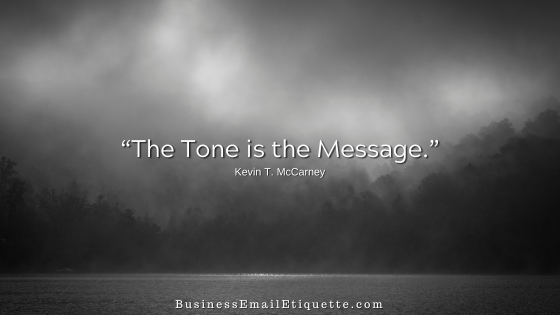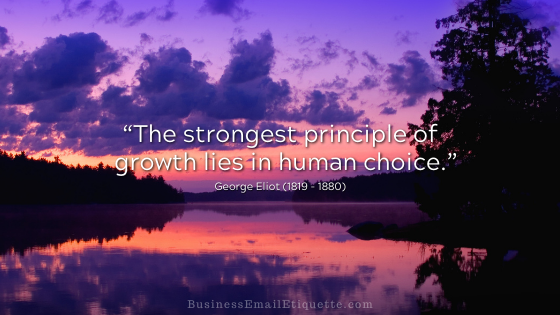5 Essential Elements of Every Business Email

With every business email, you have the opportunity to make a positive impact, impress your contacts, and let them know you are the one to trust with their hard-earned dollars.
The onus is on you, as the author, to make sure that the intent and tone you wish to relay comes across to those you email in a way that promotes that you are a professional in your field. These perceptions do not happen on their own.
Professional? Credible? Trustworthy?
With every email, you run the risk of giving a less-than-positive impression by not paying attention to details. This happens when you are in a rush, do not structure your email properly, or choose your words carefully.
Remember, in email, you lose the benefit of eye contact, body language, a firm handshake, or a smile. By taking the time to craft emails with these five Essential Email Elements firmly in place, you ensure your message is not detracted from.
Following these simple steps will help you avoid possible negative perceptions and misunderstandings. Above all, show how you will be easy to rely on and communicate with.
Every email you write should have these 5 Essential Elements covered:
1. The From Field:
Your name needs to be displayed correctly. John F. Doe. Not john f doe, or john doe, j. doe or no name at all and only your email address.
Proper capitalization is significant. When your name is in all lowercase, you risk being perceived as a spammer or, worse yet, lacking education or tech-savvy.
2. The Subject Line:
A short, sweet, and well-thought-out Subject is crucial. In some cases, it can help ensure that your email gets opened.
It is imperative to keep your Subject line to 5-7 words that accurately identify the topic and context of your email. Do not hesitate to modify the Subject field in ongoing conversations to show when the direction or topic of the conversation has changed.
3. The Greeting:
You risk being viewed as bossy or terse without a greeting at the beginning of your email. Always include a Hello or Hi and the recipient’s name.
How you greet your contact by name (John, Mr. Doe, etc.) indicates the level of formality your email will portray. Be careful not to be informal too quickly.
Let the other side dictate the level of formality and follow their lead. After all, formality is just another form of courtesy! You can usually get an indication of how those you communicate with prefer to be addressed by how they sign off their emails.
4. The Body:
Taking the time to communicate with clarity is time well spent! Complete, correctly structured, and capitalized sentences with proper grammar and punctuation are crucial to your message.
Typing in all lowercase or all caps does not lend to easy communication. Nor does shortening words “u” for you, or ru for “are you” or “i” instead of “I”.
Leave those shortcuts for your personal email communications. You don’t want to give the impression that you are lazy or illiterate. Review and spell-check every message (twice) before clicking Send.
5. The Closing:
Whether it be “Thank you for your time!”, “Sincerely,” “Look forward to hearing from you!” or “Warm regards,” use what is consistent with the tone and goal of your message.
When you do not include a proper closing, you increase the possibility that your email will be seen as demanding or curt without exception. Close by including your name to put that last considerate touch on each email.
Efforts Made = Success
When you integrate these 5 essential elements in every email you send, you will contribute to the impression that you are tech-savvy, courteous, and a pleasure to communicate with.
The best part is that your business’s bottom line will reflect these efforts, too. When it comes to email, it’s all about communicating in a manner that encourages folks to want to do business with you.







